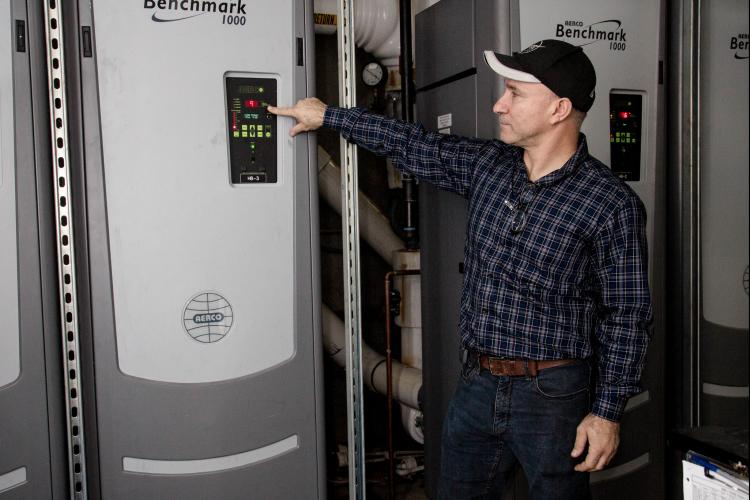
Building system controls that automate the use of HVAC, lighting and ventilation systems in commercial buildings continue to become more sophisticated, and the model energy code is keeping pace with these changes. In fact, since 2004, a third of all changes to the model energy code for commercial buildings are related to building system controls. Given this pace of change, it is reasonable to wonder if building professionals are able to ensure that energy systems are designed, installed and configured properly.
A recent study conducted by the Pacific Northwest National Laboratory (PNNL) sought to answer that exact question. The study, Implementation of Energy Code Controls Requirements in New Commercial Buildings, surveyed highly experienced building commissioning agents to first understand what building control requirements have the biggest impact on energy use. They then studied various buildings in the field to determine if these requirements are being designed, installed and configured according to code.
The study analyzed 14 code requirements that address both HVAC and lighting controls in 24 buildings of various uses and sizes in the western U.S. The 14 requirements were broken out into three categories for analysis:
- Whether the systems were designed properly
- If the installed equipment was capable of meeting energy code requirements
- If the controls were configured appropriately
Findings
Their findings (displayed below) showed that 46% of the systems were designed to fully meet code requirements, 37% were partially compliant and the design of 17% of the systems did not meet code. However, even though over half the systems were not designed to fully meet code, 85% of the installed building systems were fully capable of meeting the code. When studying how these systems were configured, the researchers saw similar results to the design aspect of the study; 50% of the systems were configured correctly, 36% partially, and 14% did not meet code.
Energy Savings Potential
Installing properly configured building controls can improve the comfort and reduce the amount of maintenance on a new building, but how does it affect energy use? The study found that properly designed, installed and configured systems would save approximately $302,000 annually across the 24 buildings. The bulk of the savings ($288,000) was from HVAC controls. This means that if the code required controls were correctly configured, these buildings could have saved $168/1000ft2 or 12% of their total building energy cost per year!
Why are controls being installed incorrectly?
One obvious reason is that building control requirements are complicated and can be difficult to implement in the field. In addition, this study also surveyed the 10 experienced building commissioning agents on impediments to proper controls implementation. The commissioning agents indicated that insufficient information on construction documents, inadequate training for design engineers, complicated code requirements or frequent code changes, and a lack of well-defined control sequences as the top four reasons for non-compliance. However, when asked about whether code compliance verification is included in the commissioning scope, only 40% responded “yes”.
Regardless of the reason for improper configuration, installing building controls per the model energy code represents a virtually no-cost opportunity to significantly reduce energy use across the country. Indeed, 85% of the installed systems only need to be configured correctly to improve compliance by 35 percentage points – so let’s get it right!
Photo credit: Marcela Gara, Resource Media